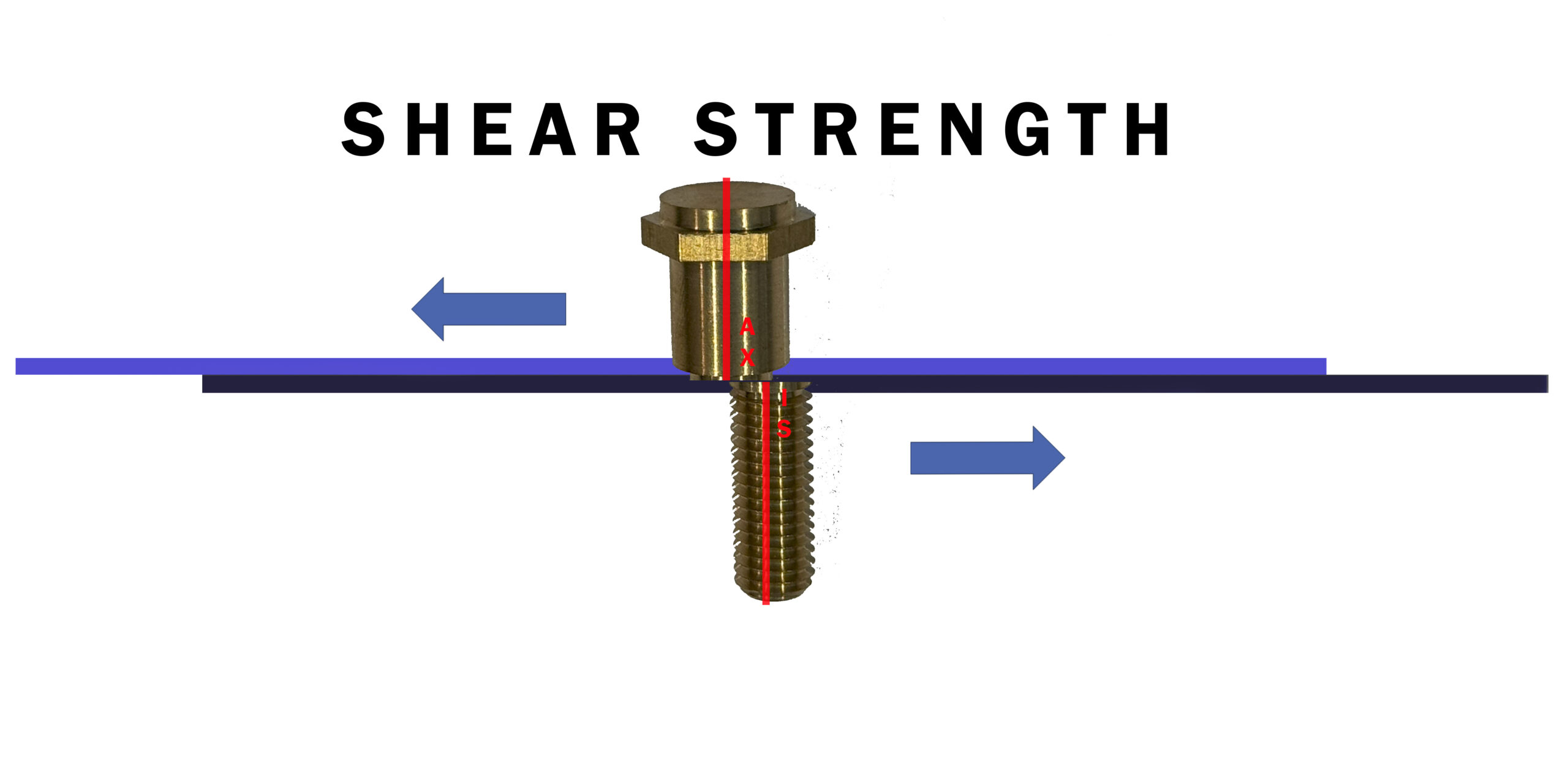How to choose the best fasteners for plastic and composite materials in dynamic-load environments You’ll find composite materials in everything from everyday kitchen gadgets to high-performance electronics in cars and airplanes. That’s why engineers in these industries must select fasteners can withstand the intense vibration and dynamic stress that come
Heat-Set vs. Ultrasonic Inserts in Injection Molded Plastics
Selecting the Optimal Threaded Insert Seating Method for Industrial Applications If your plastic or composite assemblies require more strength, heat-set and ultrasonic inserts may be the answer. Heat-Set and Ultrasonic Inserts offer and require more pull-out strength than even traditional press-in inserts. Both of these inserts find their strength by
Custom Fasteners vs. Off-the-Shelf Options: Which is Right for You?
When we work with our partners, we see them go through some of the same engineering struggles again and again when they’re considering fasteners. One of the most common challenges manufacturers face is deciding between off-the-shelf fasteners or custom options tailored to their specific project needs. Designing a new product
Understanding Shear and Tensile Forces in Composite Fasteners
Why traditional fastener designs may not work Over the last two decades – especially with the advent of heavy batteries in the automotive industry – the race for lightweight and high-performance composite assemblies has taken center stage. These assemblies, typically made from composites like carbon fiber and CFRP have become
Understanding Nut and Bolt Grades: Why the Nut Should Be Weaker Than the Bolt
When it comes to mechanical fastening, engineers often focus on bolt strength—after all, it’s doing the heavy lifting, right? But there’s more to the story. In a bolted joint, the relationship between bolt grade and nut grade plays a critical role in the strength, safety, and serviceability of the assembly.
Understanding Yield Strength vs. Tensile Strength in Bolt Selection
Choosing the right bolt means knowing how it fails and when it bends too far to bounce back When designing or specifying fasteners, strength is everything, but not all strength is created equal. Two key properties – yield strength and tensile strength – tell very different stories about how a
Reducing NVH in Automotive Assemblies: The Role of Plastics-Fastener Collaboration
Noise, Vibration and Harshness (NVH) has long been a critical metric for buyers when deciding the overall quality of a vehicle. That’s why we, as fastener and plastics engineers, have to begin thinking about NVH quite literally at the nuts and bolts level. Whether you’re talking about EVs or traditional
Strength and Aesthetics: Fastener Integration Without Marring Injection-Molded Surfaces
How to Conceal Fasteners Without Compromising Design Strength In automotive industry product design, achieving both strength and aesthetics can be especially challenging. While incorporating fasteners are essential to the end design for reliable assembly, they can leave unsightly cosmetic flaws on injection molded surfaces. However, built from the ground-up with
What is the difference between cold forming and cold heading?
At CFI, we engineer custom screws nuts and bolts every day. One of the methods we use is called Cold Heading or Cold Forming. To answer the basic question, there is no difference between cold forming and cold heading, so the terms are truly interchangeable. The real difference is between
Stainless Steel Fasteners vs. Coated Fasteners in Plastic Assemblies
How to balance Corrosion Resistance and Cost Efficiency for end users When fastener engineers and injection molding engineers work together, projects often start with targeted goals for the component. Two goals that we often work toward with any partner at CFI are corrosion resistance and cost efficiency. With injection molding










